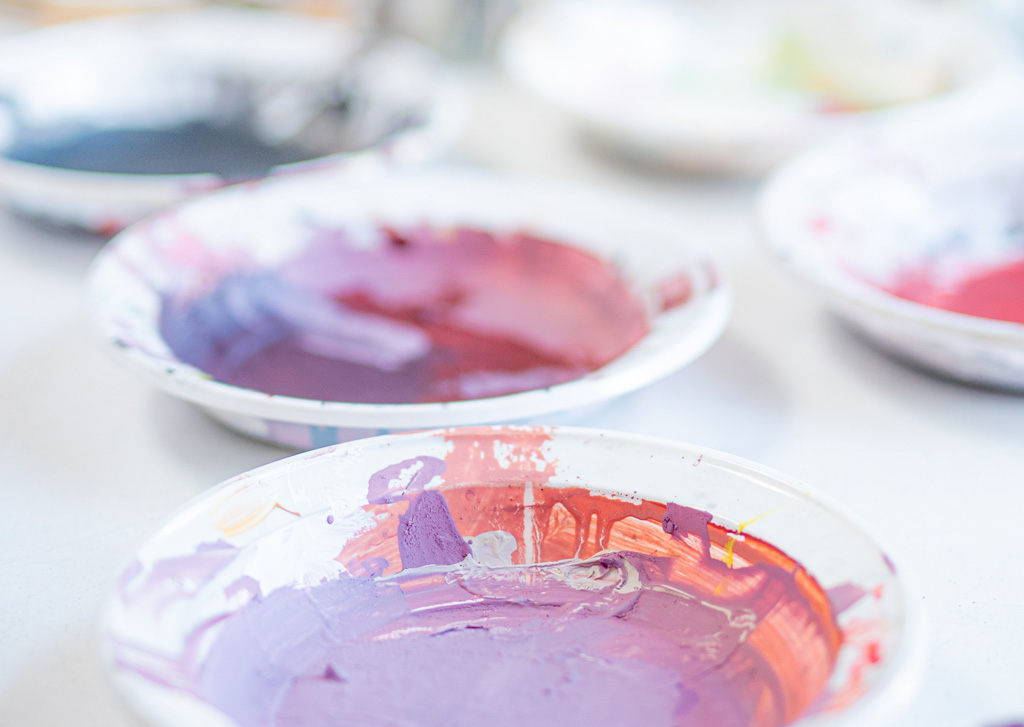Leafing through the pages of Craft Britain: Why Making Matters, it’s clear that it matters for all sorts of reasons. Authors Helen Chislett and David Linley weave the threads of the past with those of the present to tell the stories of “all aspects of craft from traditional, heritage skills to the most contemporary and collectible examples; from makers with decades of experience to those who have only recently discovered that using their hands quietens the mind and frees the spirit.”
Though the reasons British craft matters are manifold, this idea – that the creative arts are good for us and can boost wellbeing – is one of the book’s central themes (more on which later). Illustrated with beautiful photographs of finished pieces and studio processes, Craft Britain documents a diverse range of crafts, from ceramics and textiles to furniture making and glass art.
While it celebrates the fact that British craft has been undergoing something of a renaissance, it recognises that some ancient skills and techniques are in danger of becoming lost arts. Heritage Crafts, the charity set up to support and promote traditional crafts, publishes an inventory of endangered crafts that are at risk of no longer being practised in the UK. It’s a list that gets longer each year. New additions to the 2021 critically endangered list included compass making, Shetland lace knitting and hazel basket making.
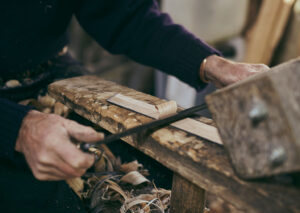
Owen Jones makes baskets from young, coppiced oak – he is one of the last people practising this ancient craft
In a chapter on rare and endangered crafts, Craft Britain shines a spotlight on some of the individuals who are keeping such arts alive. Take for example, Lorna Singleton, who is “one of the UK’s last remaining swillers, a maker of traditional baskets, called swills or spelks, made in coppiced oak and hazel.” She was taught the art of oak swills by Owen Jones who is dedicated to continuing the tradition and works with the rhythm of the seasons: “cutting hazels for bools [the rim of the basket] in the winter and peeling oak in the spring, ready to make the swills throughout the summer.”
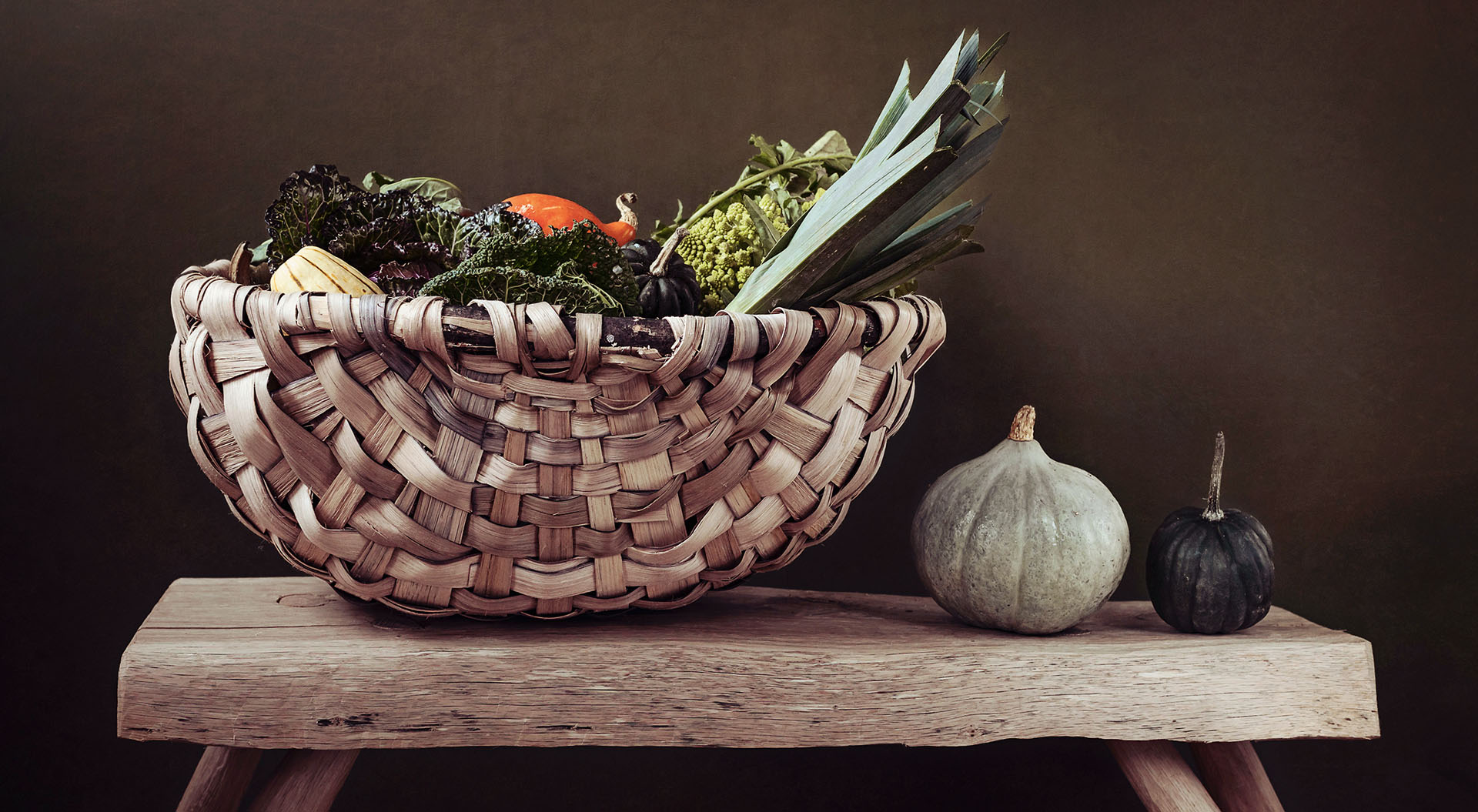
Spelk Basket by Lorna Singleton, one of the UK’s last remaining swillers (a maker of traditional oak and hazel baskets)
There are many reasons why these age-old crafts matter, not least because they naturally adhere “to a ‘green’ ethos”, write Chislett and Linley. “Historically, they reflected the materials abundant within the local landscape; wasted little in terms of resource; found their market within a small radius; and recycled any by-products.”
Their book is full of traditional crafts that are naturally sustainable. One such case is that of Felicity Irons BEM, who “is custodian of the rush weaving craft that can trace its roots back to the Anglo-Saxons”, write the pair. In a tradition that goes back centuries, she harvests freshwater bulrush using a three-foot scythe blade attached to a long wooden pole so she can cut the stems from the river bed. There’s a timelessness about the scene as she navigates the river on a slender punt gathering bundles of the stems, which can grow up to 10-feet tall.
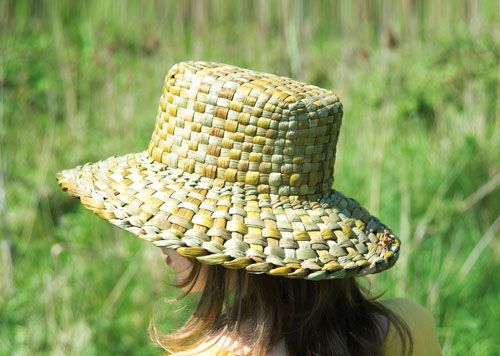
Hat woven from rushes harvested by Felicity Irons and her team
“She and her team of three cut rushes each year non-stop for six weeks from mid-June to late July on the river Nene, Ivel and the Great Ouse, leaving areas of the rivers untouched for two to three years afterwards so that the rushes can regenerate”, explain Chislett and Linley.
In telling these tales, the authors show how often these age-old crafts “relate to the history and geography of the region in which they once flourished” and as such, offer up a tangible “slice of our own human history and experience.”
At its heart, Craft Britain is a celebration of “British makers and making, and everything craft does to heal and nurture the human spirit.” The idea that making has the power to do us good is explored in a chapter devoted to health and wellbeing, where the authors cite an abundance of research showing that the creative arts are indeed good for us.
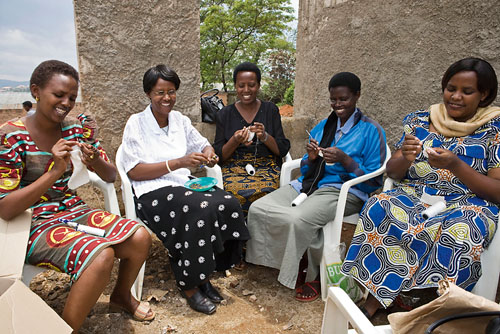
A Knit For Peace women’s group in Rwanda knit clothes for children
One such survey by Knit for Peace, a charity that provides outlets for knitters to donate their knitting to people in need, suggests that knitting has the power to “lower blood pressure; reduce depression and anxiety; slow the onset of dementia; distract from chronic pain; reduce loneliness and isolation; increase a sense of wellbeing, and increase the sense of being useful in society – particularly when used as a volunteering activity.” And, as Chislett and Linley note: “While knitting is undoubtedly to be celebrated, it seems that anything that involves making has a similar potential to quieten the mind and drown out anxiety.” Little wonder then that “we are finding such comfort in making skills once again.”
Craft Britain: Why Making Matters by Helen Chislett & David Linley is published by the Welbeck Publishing Group.
How to get involved
- The Makers Directory lists the details of Heritage Craft Members and is a good place to start if you’re looking for courses and workshops.
- If you’d like to donate your knitting, or find other ways to support knitting groups and NGOs around the world, visit Knit for Peace.
Lead picture credit: Laura Adai on Unsplash

